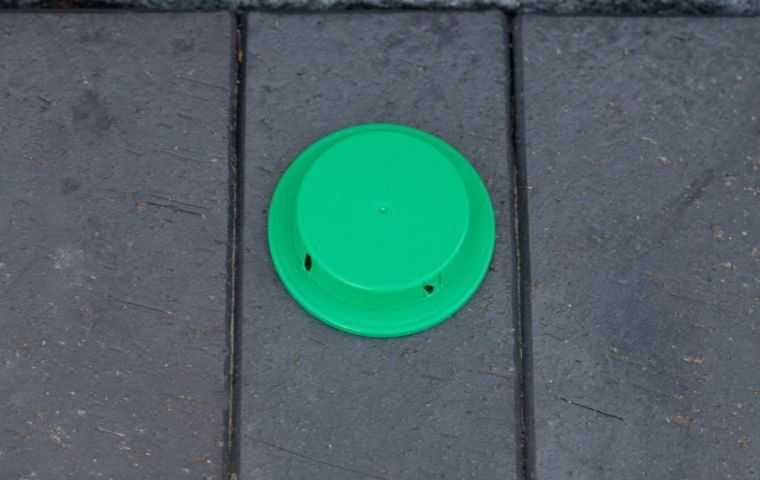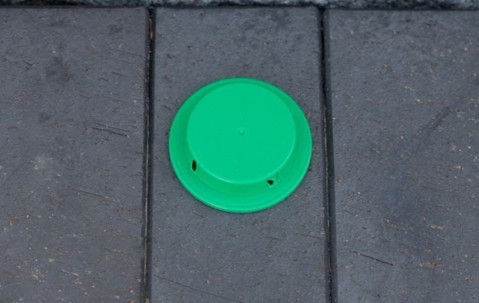Ant Traps And How To Use Them To Get Rid Of An Ant Infestation
September 11, 2023 - Ants

There are several types of ant traps that you can use to effectively control ant infestations in and around your home. These traps are designed to attract and eliminate ants in a safe and efficient manner. Here are some common types of ant traps:
Bait Stations: Bait stations are small, plastic containers filled with a sweet or protein-based bait that lures ants inside. The bait is usually mixed with a slow-acting insecticide. When worker ants consume the bait and carry it back to the colony, it spreads, ultimately reducing the ant population.
Gel Baits: Gel baits come in syringe-like applicators and are designed for precise placement. They contain a sugary or protein-based bait combined with a slow-acting poison. You can apply the gel along ant trails or in areas where ants are active.
Liquid Ant Baits: These traps consist of a small, pre-filled container with liquid bait. Ants enter the trap to access the bait and then return to the nest, sharing it with the colony. The poison gradually takes effect, reducing the ant population.
Granular Baits: Granular ant baits are solid pellets or granules that contain bait and insecticide. They can be scattered around ant trails or nest entrances. Worker ants carry the granules back to the colony, impacting the entire population.
Outdoor Ant Stations: These are designed for outdoor use and typically contain a more durable bait to withstand weather conditions. They are effective for targeting ants before they enter your home.
Ant Traps with Adhesive: Some ant traps are equipped with adhesive surfaces to capture ants that venture inside. While not as common, they can be useful in certain situations.
DIY Borax and Sugar Bait: You can create your own ant bait using a mixture of borax and sugar. This homemade bait can be placed in small containers or on disposable materials to attract and kill ants.
The choice of ant trap depends on the type of ants you're dealing with and the specific circumstances of your infestation. Always follow the manufacturer's instructions and exercise caution, especially if you have children or pets, as some baits may be toxic to them. If your ant problem persists or worsens, consulting with a pest control professional may be advisable for a more comprehensive solution.
How To Get Rid Of Ants Using Ant Traps
Bait stations are designed to be placed strategically along ant trails or in areas with active ant movement. It's essential not to disturb the ants or the bait stations once they're in place. The worker ants will enter these stations, consume the bait within, and then return to their colonies, inadvertently spreading the poison. Patience is key here, as it takes time for the poison to circulate and reduce the ant population. Keep replacing the bait stations as needed until the infestation subsides.
Gel baits, on the other hand, require a more targeted approach. Apply small, pea-sized dots of gel bait along ant trails, near entry points, or where ants are actively foraging. Be cautious not to touch the bait with your bare hands, using disposable gloves or a tool instead. It's important to avoid cleaning the area immediately after application to allow ants to discover and feed on the bait. Regularly reapply the gel as necessary until ant activity diminishes.
Liquid ant baits come in pre-filled containers. Set up these traps in areas frequented by ants, ensuring they are stable and won't tip over. Avoid disturbing the ants or the bait traps. Replace the traps when the bait is consumed or when they become empty.
Granular ant baits involve sprinkling the granules along ant trails, nest entrances, or areas with high ant activity. Use a spreader or gloved hand to evenly distribute the granules. Like with other baits, avoid disturbing the granules or the ants while they feed. Regularly reapply the granules as needed until you observe a decrease in ant numbers.
Outdoor ant stations are designed specifically for exterior use. Place them in areas where ants are entering your property, following the manufacturer's guidelines for placement. It's important to inspect and replace the bait in these stations regularly, especially after heavy rainfall.
Ant traps with adhesive surfaces are straightforward to use. Simply position them in areas where ants are visible. The adhesive surfaces will capture ants as they venture inside. Replace these traps when they become full or less effective.
For those who prefer a DIY approach, you can create a borax and sugar bait mixture. Combine equal parts borax and sugar, then place small amounts of this mixture in containers or on disposable materials. Position these bait stations along ant trails or near ant activity. Monitor and replenish the bait as necessary.
Always exercise caution when dealing with ant traps, particularly in households with children and pets. Adhere to the specific instructions provided with each trap type, and remember that it may take some time for the traps to effectively reduce the ant population. If your ant problem persists despite using traps, consider seeking professional pest control assistance for a comprehensive and expert solution.
Customer Review
Bret came to our home to treat our pest issues same day and was thorough and knowledgeable! Pricing was lower than 4 other companies I'd contacted. Highly recommend!


